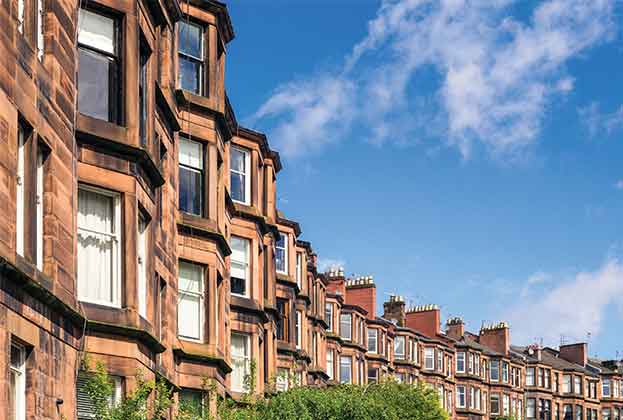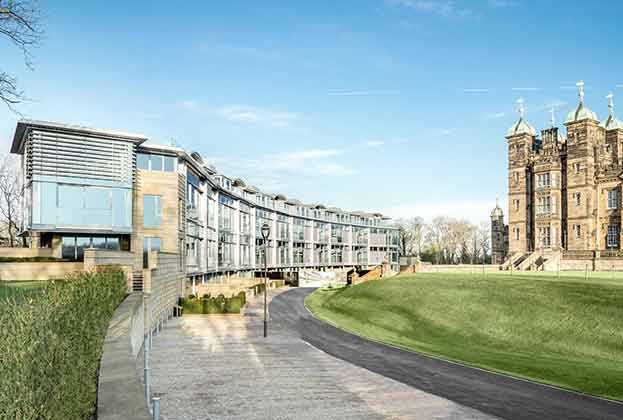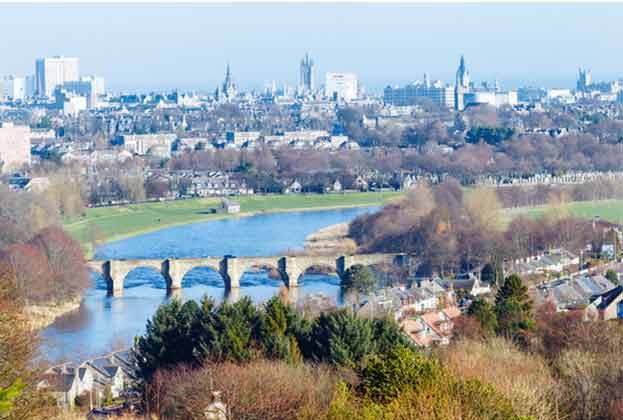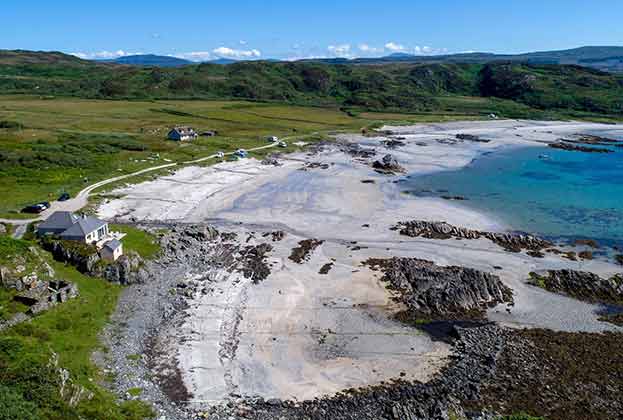Tax revenue remains dependent on the purchase of additional dwellings and the Edinburgh prime market
Five years ago Land and Buildings Transaction Tax (LBTT) was introduced as a progressive form of tax that would reduce or altogether remove the tax burden for the majority of homebuyers in Scotland. But this was at the expense of higher charges for more valuable property that risked putting Scotland’s prime property market at a disadvantage compared to other parts of the UK. Until recently the tax has struggled to meet the government’s revenue targets.
Targets and revenue
In its first tax year 2015/16, the government’s revenue target was £235m, but only £202m was generated. The following tax year 2016/17 saw the introduction of the Additional Dwelling Supplement (ADS). This alone generated a quarter of the total revenue, but total receipts of £290m fell £28m short of the government forecasts.
The tax year 2017/18 saw a closer alignment, with £351m revenue generated against a target of £353m. The LBTT target of £360m was finally exceeded for the first time in the most recent tax year 2018/19, when £364m in revenue was generated. However, the target for the current tax year seems ambitious at £405m.
Impact on the market?
The extent to which these receipts are dependent on a small section of the market is reflected in the fact that transactions over £325,000 make up only 10% of the residential sales in Scotland yet contribute 75% of the tax revenue. Five Scottish areas generate 55% of all basic LBTT revenue. Edinburgh alone generates one-third of basic LBTT receipts.
The first two years following the introduction of LBTT saw a dip in activity at the top end of the market. But, as this report details, this has now improved (even if price growth remains suppressed). The market appears to have adjusted to the relatively higher rates of LBTT, with buyers of the most expensive properties viewing the charge in the context of the wider value offered by prime homes north of the border.
Anecdotally some buyers are being put off because of the ADS surcharge, which is currently 4% in Scotland compared to 3% in the rest of the UK. But it has proved to be a revenue bonanza for the government, contributing over a quarter of the total revenue in the last two tax years.
The future
With stable levels of tax revenue, topped up by generous levels of ADS, it is unlikely the government will consider a change in rates. But LBTT forecasts assume a continuation of current market conditions. Whilst demand for prime Scottish properties remains strong, the government should be mindful of the impact of more political uncertainty on prices and supply, especially in Edinburgh, which contributes heavily to the tax revenue.
Read the articles within Spotlight: Scotland Residential below.
.jpg)




.png)